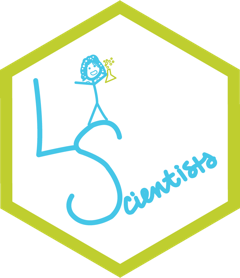magine you are studying for an important exam. Would you rather study for it in the library or the crowded, noisy cafeteria? You probably said the library, and that would be the smart choice. The negative effects of noise are numerous:
All in For Teachers
Weekly Digest #76: YouTube Channels to Help You Study
We've previously released a digest of educational videos, as well as a guest post on guidelines for designing them. In this digest, we wanted to highlight 5 YouTube channels that were particularly useful to those of us studying specific content.
GUEST POST: Technology in the Classroom
Chances are that you are reading this from your phone. Or, if you’re reading this from computer, you probably have email notifications within view. It’s 2017, and technology is all around us. If you didn’t already know that, there is an endless stream of...
Weekly Digest #75: Classroom Management - Teaching Students Appropriate Behavior and Building Relationships
Get ready for some resources you can listen to on your commutes or while taking a stroll around the neighborhood! In this digest, we present 5 resources to help you improve your class management skills, including how to build relationships with your students ...
Do You Tell Your Students How to Succeed in Your Class?
We’ve published several resource digests about syllabi – notably Weekly Digest #41: Preparing a Syllabus and Weekly Digest #64: Preparing a Learning-Focused Syllabus. However, what we haven’t done as much is talk about our own syllabi.
GUEST POST: HOT or NOT – How to Develop Critical Thinking
Despite the different definitions, there is a consensus regarding the dimensions of critical thinking and these dimensions have implications for how critical thinking is understood and taught. Critical thinking includes skills and dispositions (1).






